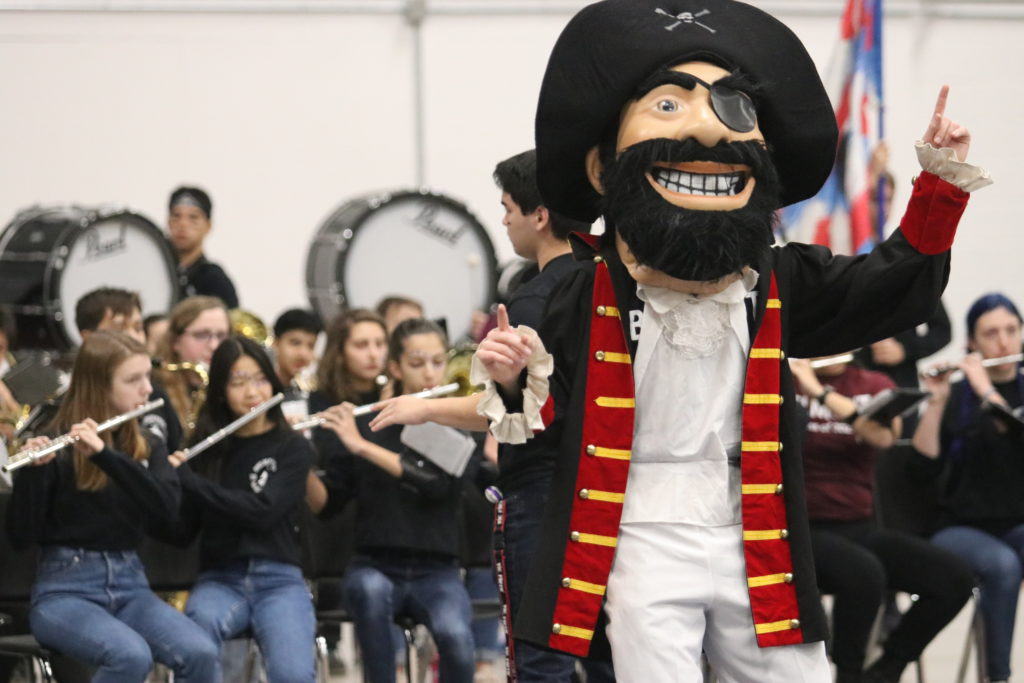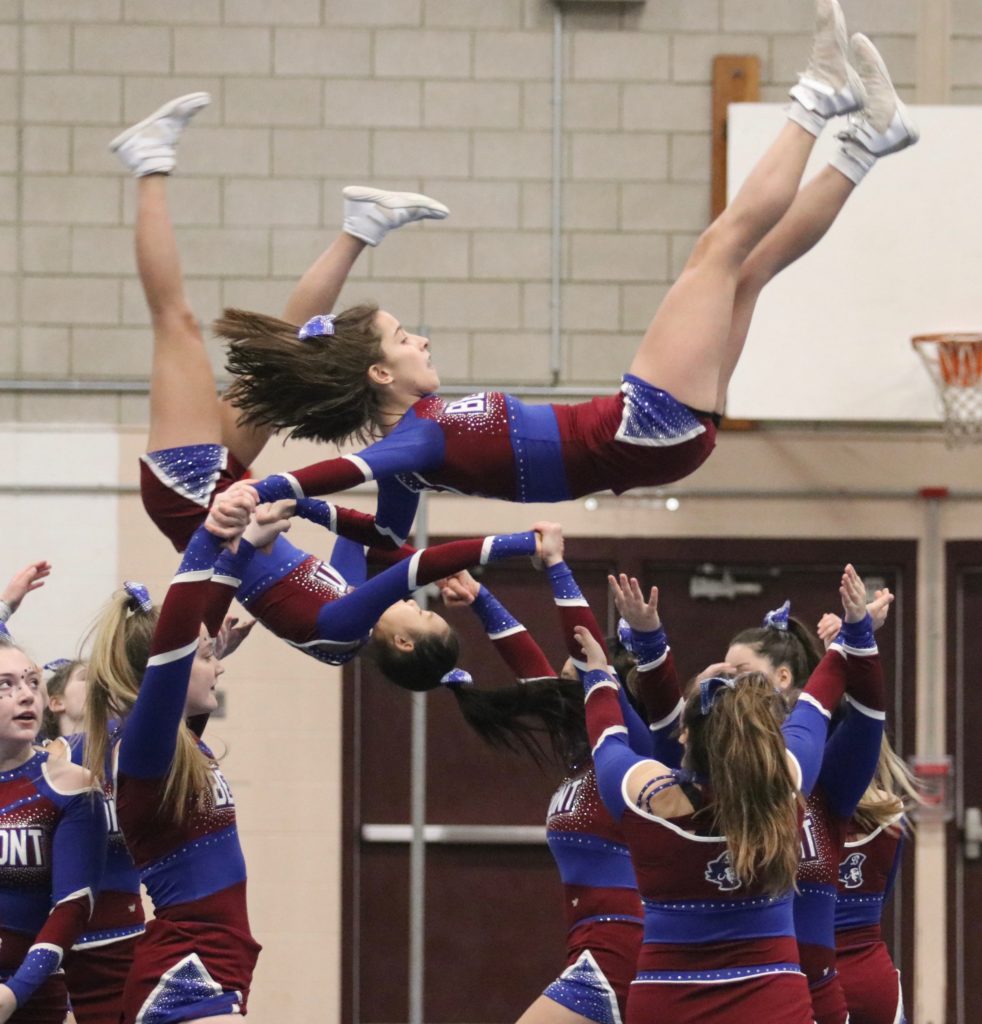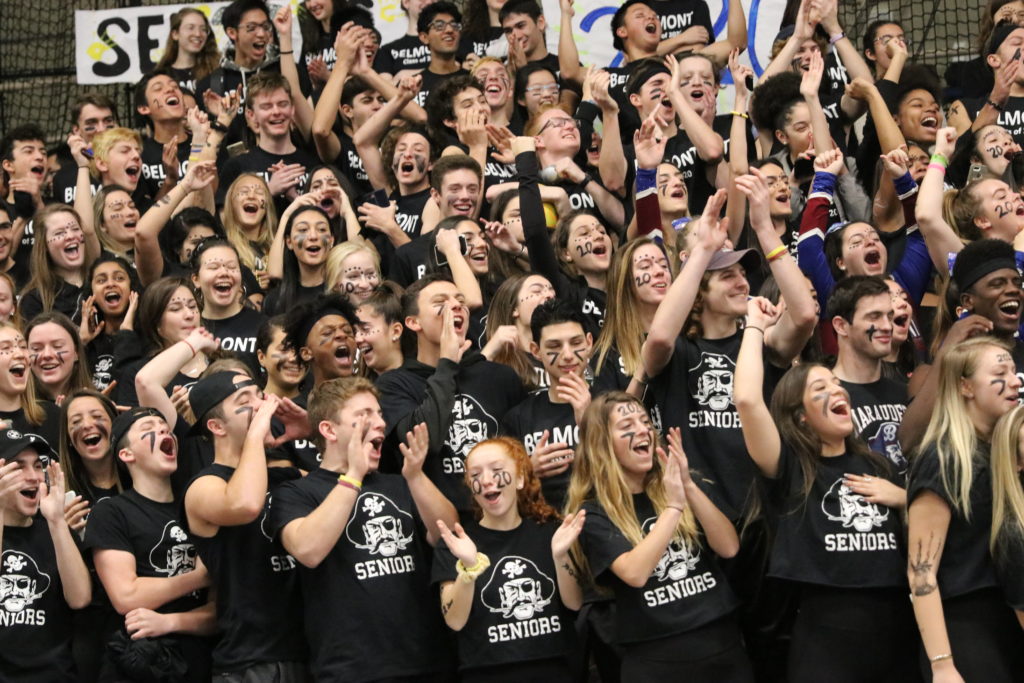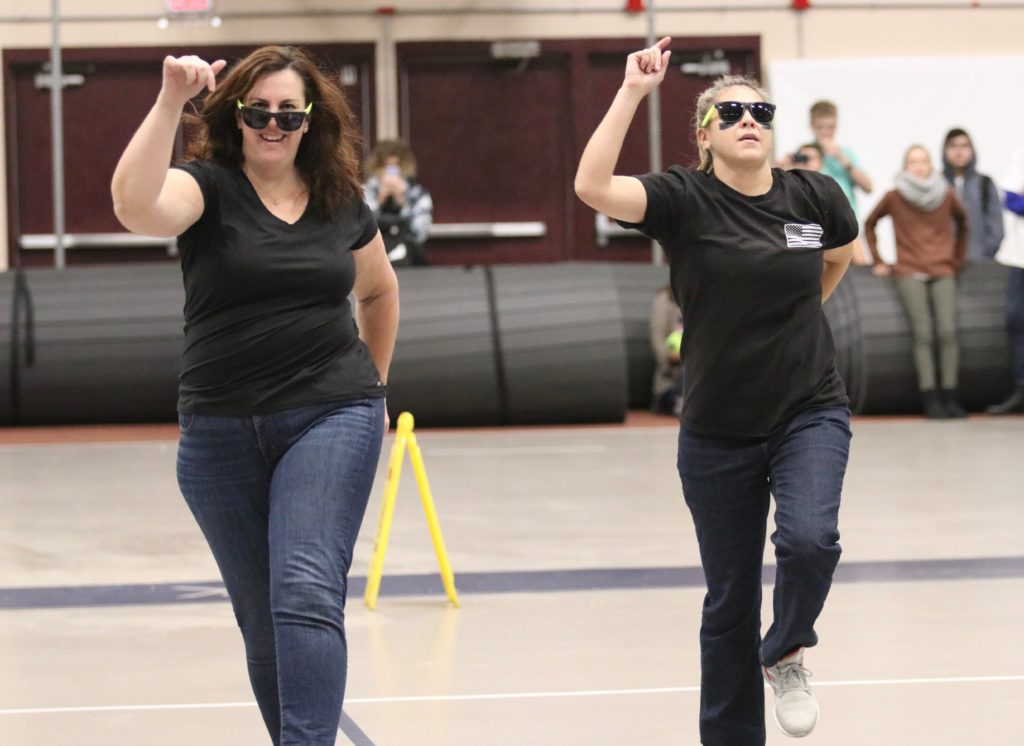Photo: Mike McAllister.
Micheal McAllister, the popular principal of the Chenery Middle School, will be heading to the Belmont School District’s Central Office to become the director of the newly named Office of Human Capital.
Entering his 20th year in the Belmont Schools, McAllister has been the Chenery principal for the past four years after spending seven years as principal of the Butler Elementary School in the Waverley neighborhood. He began his career as a sixth-grade social studies teacher at the Chenery in 2000.
McAllister earned his BA from Northeastern and a master’s in education from Harvard. He lives with his family in his hometown of Bedford where he served on the School Committee for six years (2013-2019) and was Chair from 2015 until 2018.
“We will welcome Principal McAllister to his new role after we post and search for an interim principal to replace him for the remainder of the 2019/20 school year,” said Belmont District Superintendent John Phelan announcing the news on Tuesday, Jan. 28.
The district will post for the permanent principal position for the Chenery that would start on July 1.
“I think that the district is about to undergo a lot of change, to be able to have a hand in helping steer that in a good direction is an amazing opportunity,” McAllister told the Belmontonian. He noted that bringing the new Belmont Middle and High School “online” in the next five years will require a great deal of time and effort on his part.
McAllister will handle the district’s human resources duties, including the recruitment and hiring staff and educators, negotiating contracts, benefits, professional development opportunities, retirement, and other related employment issues.
After 20 years as a classroom teacher and a school leader, this will be McAllister’s first time working in the central office.
“When I saw the job description, one of the things that struck me was that I’ve done a lot of those duties already, so I think I can parlay the skills and experiences that I’ve had,” he said.
“I think the central office is really closely connected to the schools, and I think that I can help do that. I am one of those rare people that has experienced at the elementary, middle and high schools, and I have relationships at all those schools and I’m hoping that we can build on this,” McAllister said.
McAllister said it will be a major adjustment to go from daily managing hundreds of students and educators to an office on Pleasant Street.
“I get fired up by the interaction. I love being in a place where 1,500 people know me and I know 1,500 people, I love that, you know, so it’ll be a big, but it’s just a different type of leadership. You know, and I think that as a leader, you’re always trying to move into a place where you’re being challenged. And this is this will definitely be a challenge.”







